Nubuck and suede: features and differences of materials
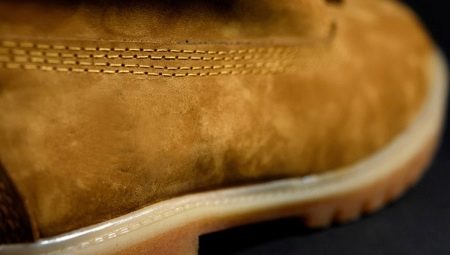
There are types of leather fabrics that have many similar qualities and do not differ much from each other in appearance. These include nubuck and suede. A person will not be able to determine right away what the differences are, therefore quite often he does not acquire what he needs. Unscrupulous sellers may pass off not too expensive materials for better quality counterparts. Therefore, you should know how to distinguish one from the other and buy the right thing that can last a long time. It is also important to take into account some of the nuances when caring for items of clothing and shoes made of such materials.
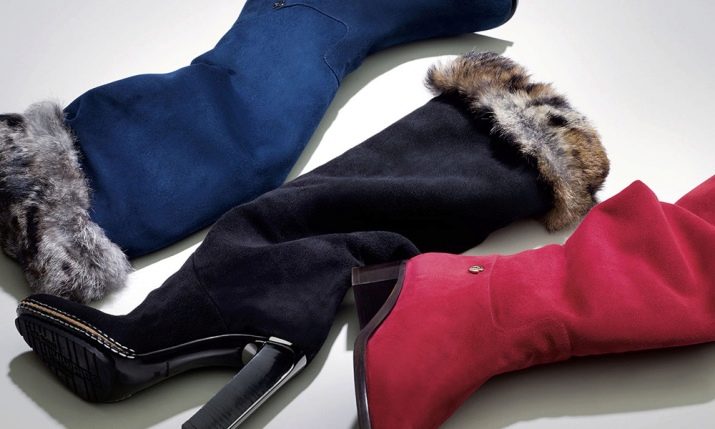
Specifications
Suede is one of the most expensive and high quality types of polished leather. It is made from the skins of large wild animals. This raw material is processed through fat tanning, after which the material acquires the following qualities: thinness and velvety, high soft pile. If the skin was dressed in this way, it is hygienic, perfectly permeable to air flows, it can be stretched without any problems. The material retains its original shape and aesthetic, neat appearance for quite a long time. Suede is not capable of causing allergies, it is absolutely safe for adults, children and animals.
But there is also a minus. The fabric is not resistant to moisture, so items made from it should not be worn in the rain. It is necessary to use special means capable of repelling water. They should be used to treat shoes and clothing so that they can protect things and allow them to serve the owner for a long time.
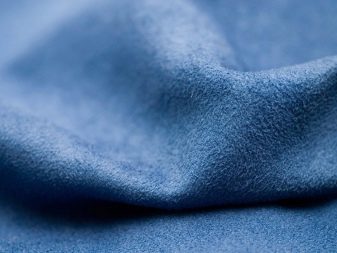
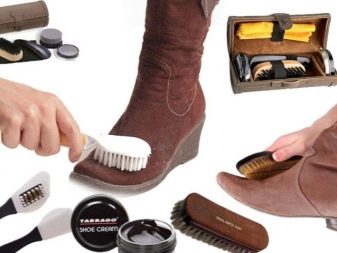
Nubuck is made from bulky cattle skins. The material is processed using the chrome tanning method.Grinding is done with small abrasive materials. Due to such processing, the pile is not too long, the fabric practically does not stretch. Surfaces can get greasy quite quickly, especially without proper care.
Nubuck fabric has a porous surface, so the skin can breathe. It is also afraid of liquid, without the use of special impregnation it can lose its beautiful appearance.
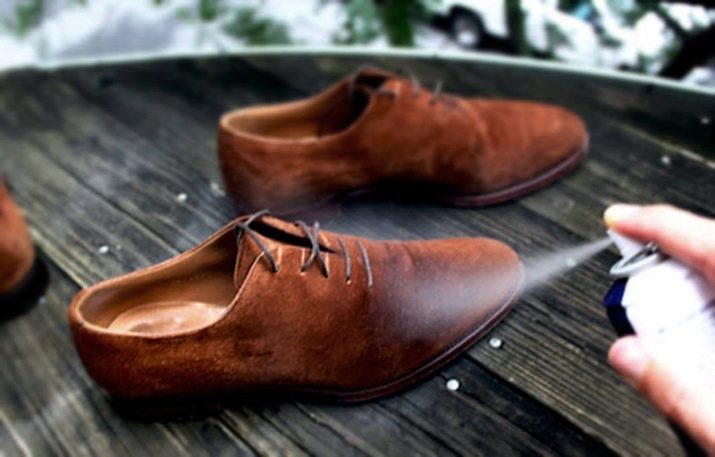
There are several types of nubuck.
- Artificial. Outwardly, it can be confused with natural material, it lasts a long time, reliable and durable. But there is no "breathing" effect. Air permeability is extremely low. Has a low cost. Not a bad option for those who need an inexpensive, but fairly high-quality item.
- Nubuck oil. Has a fatty impregnation, which adequately protects the elements from getting wet.
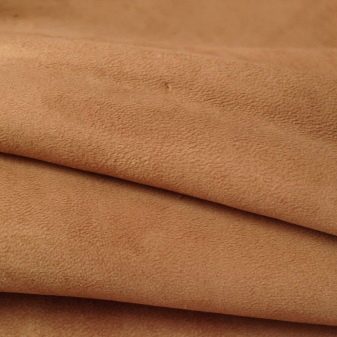
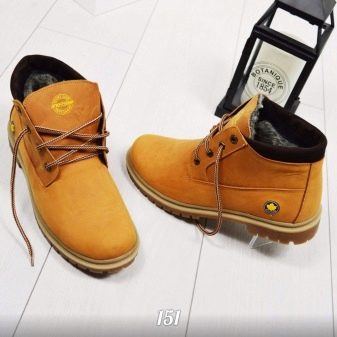
What is the difference?
It is important to see the difference in materials in time, otherwise you can buy something completely different from what was planned. There are precise differences that will help you choose quality items. The nubuck texture is velvety, the surface is soft. It is created by polishing.
A few more differences between nubuck and suede.
- It is necessary to assess the quality of the material. To make suede, deer or elk leather is almost always used. Nubuck is made from cattle skins.
- As mentioned earlier, various manufacturing methods are used when making materials.
- The fabrics are very similar to each other, but nubuck can be easily distinguished from suede. Its villi are much lower than suede pile. Also, suede fabrics are most often double-sided, and nubuck is velvety only on one side (front).
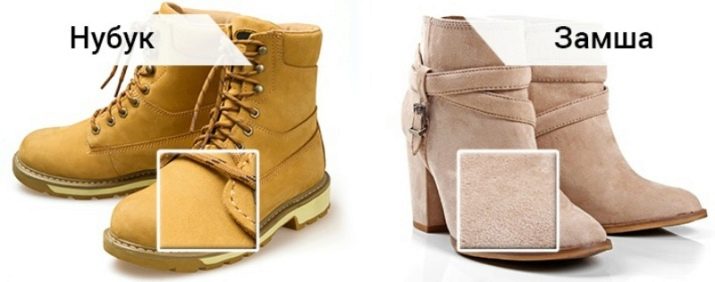
- Suede will stretch well, while nubuck is a dense material with little elasticity.
- The materials are easily distinguished when taken in hand. Manufacturers process suede fabric on both sides, so it will be softer and softer than nubuck.
- Materials do not like liquid and moisture, they hardly tolerate contact with them, but nubuck is more sensitive to their effects.
- Suede retains its presentation longer than analogue.
- Nubuck should be handled more carefully, it serves less than suede.
- Nubuck has a low price tag, while suede is the most expensive type of such leather.
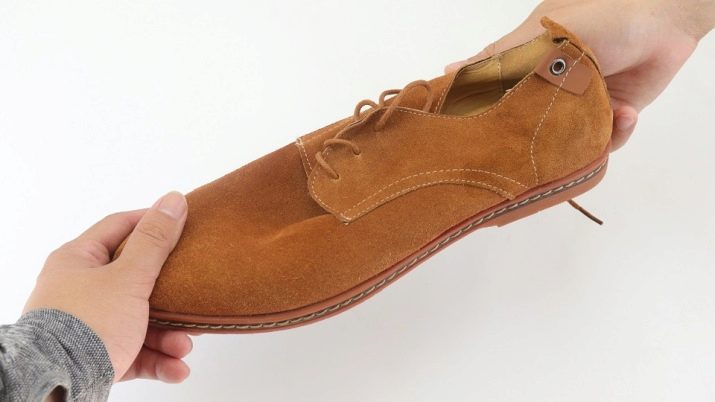
You can easily distinguish velor from suede and nubuck. One has only to look at the structure. One side of the velor is smooth, the other has a pile (short and thick). This material can often be confused with suede fabrics due to the pile, but lower quality raw materials are used for its manufacture. The velor manufacturing technology is simplified. That is why it has a low price and short service life. It is made from extremely thick leathers (pigs and cows) and raw materials that have been damaged.
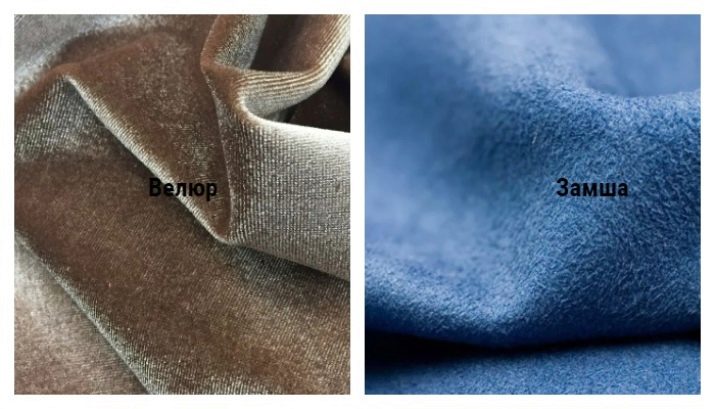
How to care?
In order for proper care to guarantee a long service life of the thing, you should choose a good and high-quality brush for each of the materials. Nubuck fabrics are harder, so if you use a brush for them when caring for suede, you can damage the soft fluff and make the thing look less aesthetic and attractive.
A few more useful tips and tricks on how to clean at home:
- Before you start using your shoes, it is better to treat them with an impregnation that will repel debris, moisture and dirt. It is worth doing this several times, waiting for a while for the shoes to dry after each application.
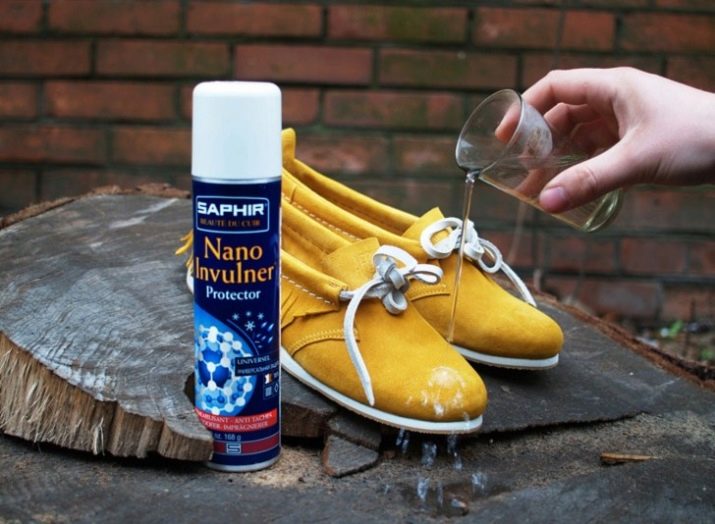
- It is better to clean the material with special rubber brushes, which can be easily found in any specialized store. If it is not possible to use a brush, you should try to get rid of the dirt with a simple eraser or fine sandpaper (zero).
- During use, care sprays must be used. Before applying, it is better to get rid of the dirt on the shoes with a wet sponge and dry the clothes.
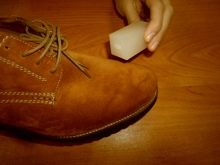
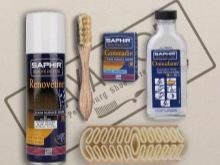
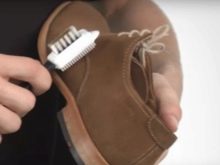
In order not to fall for the bait of cunning sellers, you need to know about the qualities of a variety of materials. It is worth choosing shoes carefully and carefully, because it depends on this how long it can last without losing its beautiful appearance.
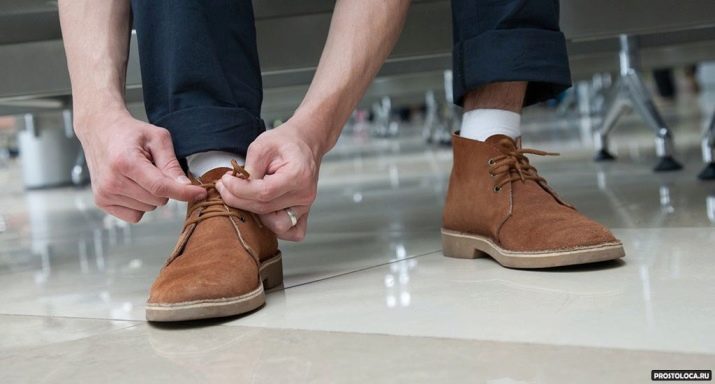
For details on caring for suede and nubuck, see below.






